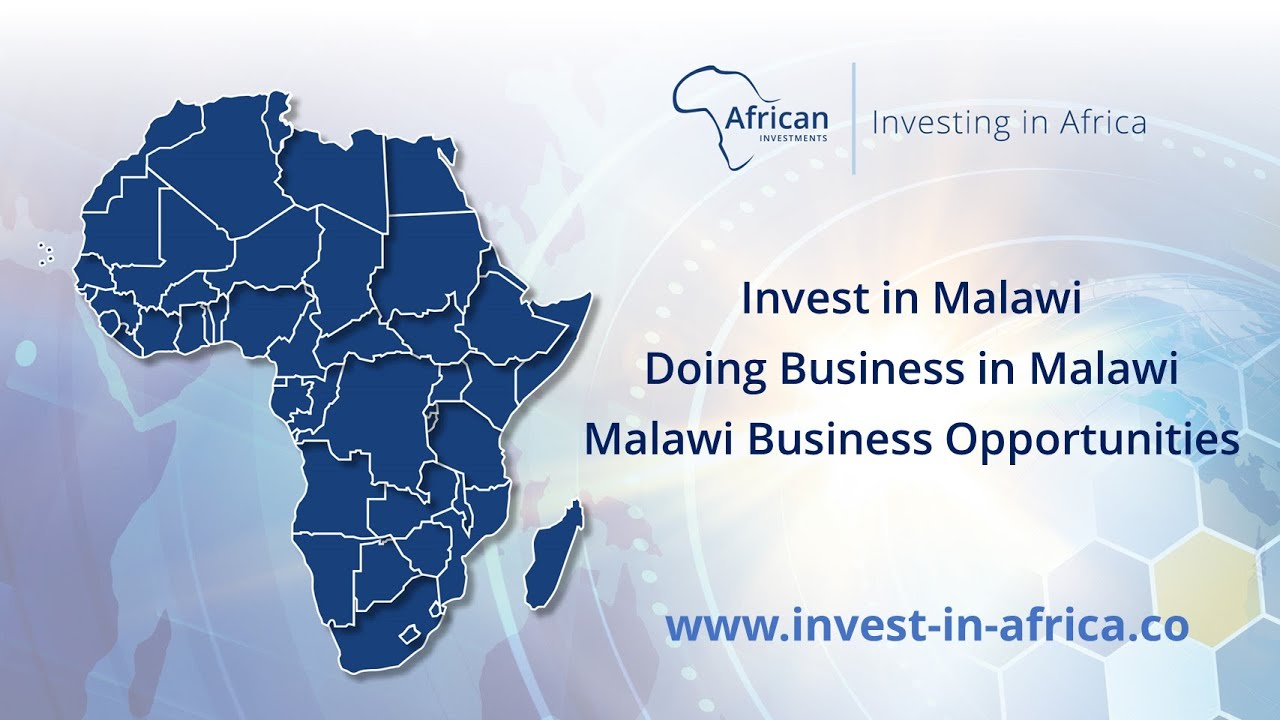
Malawi’s main businesses
Malawi, often referred to as the “Warm Heart of Africa,” is a country with an economy largely driven by agriculture, trade, and natural resources. Its main businesses are centered around key industries, including agriculture, tourism, manufacturing, and services. Here’s an overview of Malawi’s main business sectors:
1. Agriculture
Agriculture is the backbone of Malawi’s economy, employing about 80% of the population and contributing significantly to the country’s GDP and exports. The main crops include:
Tobacco: As the largest export crop, tobacco generates a substantial portion of foreign exchange earnings.
Tea: Malawi is one of the top producers of tea in Africa, with estates located primarily in the southern regions.
Sugar: Sugar production, led by large-scale plantations, is another key export crop.
Maize and other food crops: Maize is the staple food, with smallholder farmers playing a crucial role in its production.
Groundnuts, cotton, and coffee: These crops also contribute to exports and local markets.
2. Tourism
Malawi’s natural beauty and biodiversity have made tourism an emerging industry. The country is home to Lake Malawi, one of the largest freshwater lakes in the world, attracting both local and international tourists. National parks like Liwonde National Park and Nyika Plateau are popular for wildlife safaris. The government is investing in infrastructure to boost tourism as a means of diversifying the economy.
3. Manufacturing
Though limited in scale, Malawi’s manufacturing sector plays a role in processing agricultural products for export. Industries include:
Food processing: Sugar refining, tea processing, and tobacco curing dominate this sector.
Textiles and apparel: Limited textile and garment production caters to both local and export markets.
Cement and construction materials: Supporting the growing construction industry.
4. Mining
Mining is a developing sector with significant potential due to the presence of mineral resources like uranium, coal, limestone, and rare earth minerals. Uranium from the Kayelekera mine is a key export, and the government is actively promoting investment in the mining industry.
5. Energy
The energy sector is growing, with a focus on hydropower, solar, and biomass energy. Hydropower provides most of the electricity, but there is a push to diversify and expand energy access, creating opportunities for renewable energy businesses.
6. Services and Trade
The services sector, including retail, finance, and telecommunications, is expanding. Major banks like National Bank of Malawi and mobile network operators such as Airtel Malawi are key players. Small-scale trading and entrepreneurship thrive in urban and rural areas, contributing significantly to livelihoods.
7. Fisheries
Lake Malawi supports a vibrant fishing industry, providing food and income for many communities. The sector includes artisanal fishing as well as commercial fish farming.
8. Transportation and Logistics
Malawi’s strategic location as a landlocked country makes transportation and logistics critical for trade. Businesses in this sector focus on connecting Malawi to neighboring countries through road, rail, and water networks.
Challenges and Opportunities
Despite its potential, Malawi faces challenges such as poverty, limited infrastructure, and climate change impacts. However, initiatives like regional trade agreements, foreign investment incentives, and public-private partnerships aim to spur economic growth.
In conclusion, Malawi’s main businesses revolve around its agricultural strength, natural resources, and developing industries like tourism and energy. With ongoing efforts to diversify the economy and improve infrastructure, Malawi presents opportunities for growth in various sectors.



Leave a Reply